When faced with a key card locked door, it may seem challenging to gain access without the proper credentials. These security systems are designed to protect restricted areas, making unauthorized entry difficult. However, there are legitimate scenarios where access might be needed, such as losing your key card or troubleshooting a malfunctioning lock. This guide will outline safe and legal steps for how to get into a key card locked door. Always remember to act within the boundaries of the law and seek assistance from authorized personnel when attempting to access secured areas.
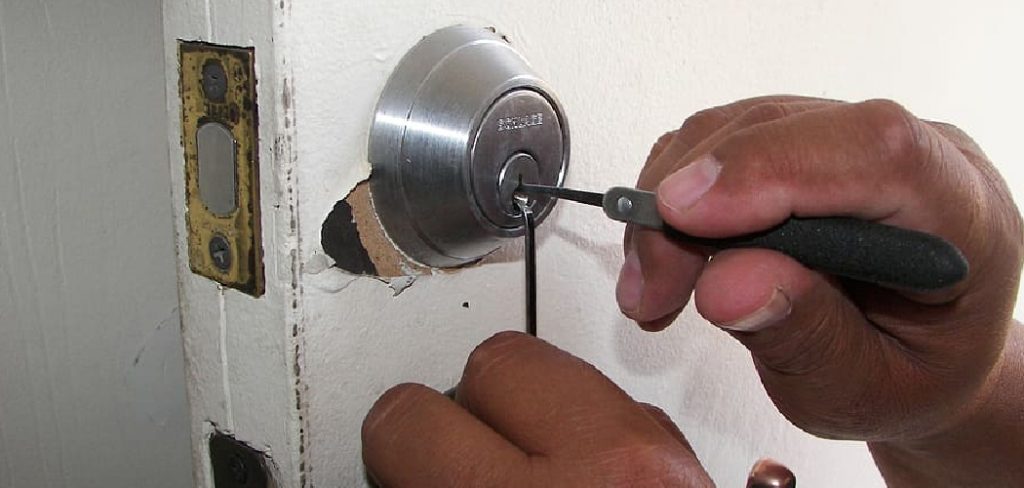
Why Accessing Without a Working Key Card
There are several legitimate reasons why you might find yourself needing to access a key card locked door without a working key card. One common scenario is accidentally misplacing or losing your key card, which can leave you stranded outside a secured area. Similarly, technical malfunctions can render a key card inactive, preventing access even if you have the correct credentials. Another possibility is forgetting your key card in a locked room, leaving you unable to retrieve it without assistance. Lastly, emergency situations, such as needing to assist someone in distress or retrieve critical items, may require immediate access without a functional key card. It’s essential to approach these situations responsibly and follow proper protocols to resolve the issue.
Types of Key Card Locks
Key card locks come in several types, each with unique features and mechanisms tailored to different security needs. Understanding the variations can help you identify the system you’re dealing with and guide your approach to resolving access issues. Here are the primary types of key card locks:
Magnetic Stripe Key Card Locks
These locks use cards with a magnetic stripe that stores encoded data. When the card is swiped or inserted into the lock’s reader, the system reads the information and checks for authorization. Magnetic stripe systems are cost-effective and widely used but are more prone to wear and data corruption over time.
Radio Frequency Identification (RFID) Key Card Locks
RFID systems utilize cards embedded with a small chip and antenna that communicate wirelessly with the lock through radio waves. The card only needs to be held near the reader, making it a more convenient and durable option compared to magnetic stripe cards. These systems are commonly used in hotels, offices, and modern buildings.
Near-Field Communication (NFC) Key Card Locks
NFC key card locks operate similarly to RFID systems but in a more advanced and precise manner. NFC technology allows for secure, short-range communication between the card and the lock. Many smart devices now incorporate NFC, enabling keyless entry via smartphones or smartwatches.
Smart Key Card Locks
Smart key card locks are integrated with advanced digital technologies and offer enhanced features such as programmable access, activity tracking, and remote management. These systems are typically part of larger smart building or IoT ecosystems, ensuring higher levels of security and convenience.
10 Methods How to Get into a Key Card Locked Door
Key card locks are a popular security solution in office buildings, hotels, and even some residential areas. They offer convenience and enhanced security, but what happens when you find yourself locked out? Whether you misplaced your card or the lock malfunctioned, getting back inside can be tricky. This list highlights 10 methods you can consider. Note that these methods should be used responsibly and only in ethical, permission-based situations.
1. Check for a Spare Card
The simplest solution is often the most effective. If you’re locked out of an office or hotel room, check whether you’ve been issued a spare key card. For workplaces, your administrator may keep a backup card on file, while hotels usually have duplicates at the front desk.
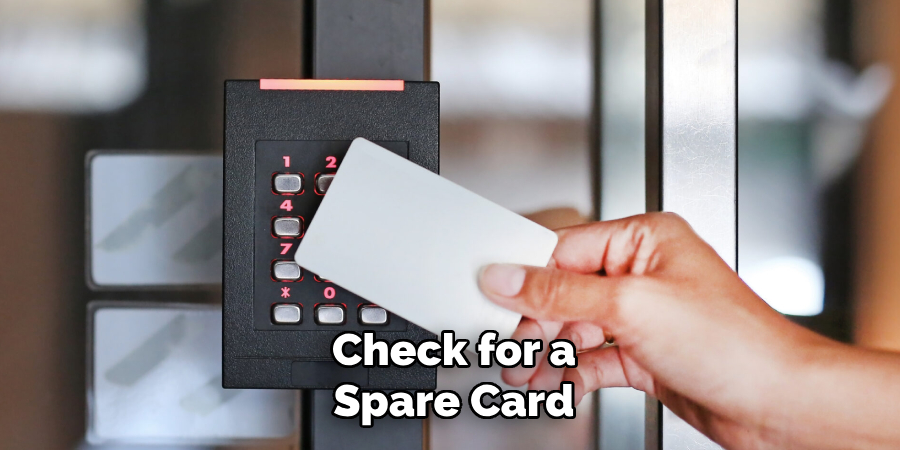
Tip:
Always inquire politely and provide identification to verify your access rights.
2. Contact the Property Manager
If you don’t have spare access, your next step should be reaching out to someone in charge of access management. This might be a property manager, security officer, or a front desk attendant.
Example:
For apartment complexes, the property manager often holds a universal access card or a master key.
3. Use an Emergency Override
Many key card lock systems are equipped with an emergency override feature. This is particularly common in corporate settings where universal access might be needed in emergencies.
Reminder:
This method typically applies only to authorized personnel. You’ll likely need their assistance to access this function.
4. Check for Technical Malfunctions
Before jumping to drastic measures, evaluate whether the lock itself might be malfunctioning. Sometimes a dying battery in the lock mechanism can cause issues.
Tip:
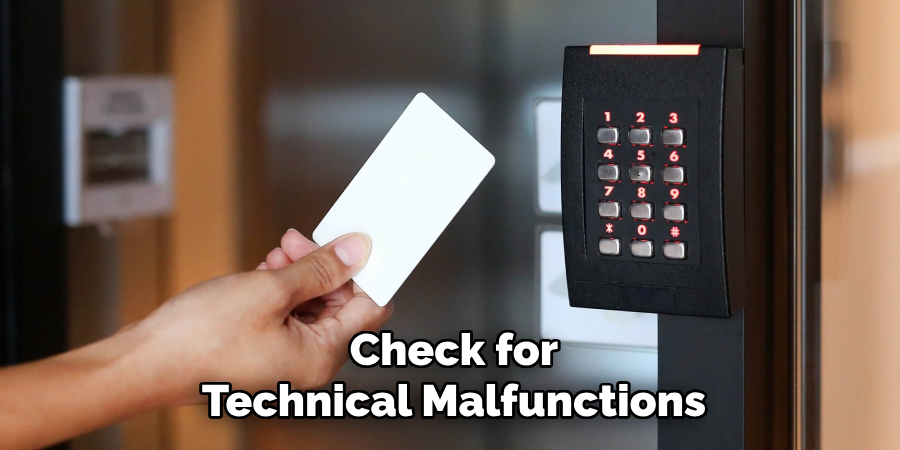
Listen for any beeping sounds or inspect the keypad for low-battery indicators. If you’re in a hotel, alert the staff about the technical issue for immediate assistance.
5. Try a Mobile Access App
Modern key card systems often include mobile app compatibility. If you’ve registered your access credentials through an app, you may be able to unlock the door via your smartphone.
Example:
Platforms like Assa Abloy or Salto KS allow users to manage access digitally.
6. Ask for Temporary Access Permissions
If you’ve locked yourself out in a workspace, speak to your IT or security team. Many organizations use software where digital key cards or access codes can be issued temporarily.
Example:
Systems like Kisi and Proxy grant administrators the ability to provide access remotely.
7. Use a RFID Signal Booster
Some key card systems operate using RFID technology. If your card isn’t registering due to wear or faulty scanning, a signal booster can enhance the card’s range temporarily.
Warning:
Proceed with caution—this method may violate your workplace or building security policies.
8. Call a Locksmith
If all else fails and you urgently need access, consider contacting a professional locksmith. Many locksmiths are trained in bypassing electronic locks, provided you furnish proof of authorization to enter.
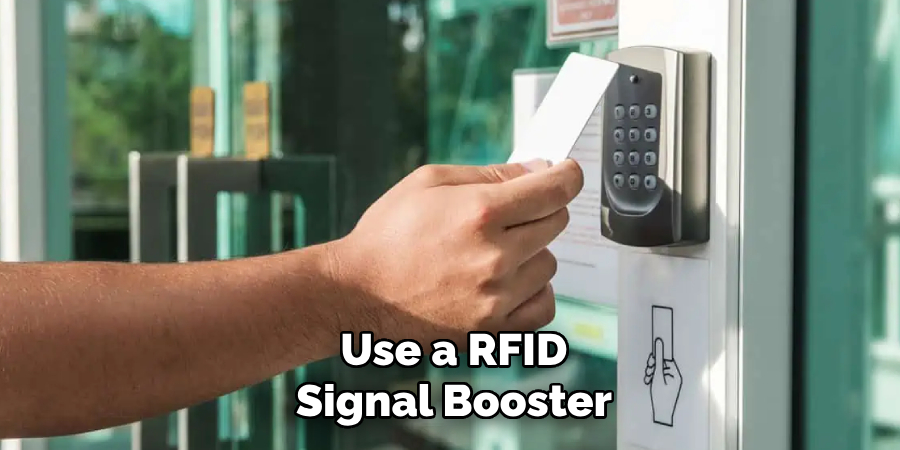
Reminder:
This option could involve additional costs, so weigh its urgency before proceeding.
9. Override with a Backup Code
Certain smart key card locks provide backup numeric codes for emergencies. These codes are often shared with users during setup or stored with administrators.
Example:
Smart lock brands like August and Yale use PIN codes as an alternate unlocking method.
10. Replace or Reset the System
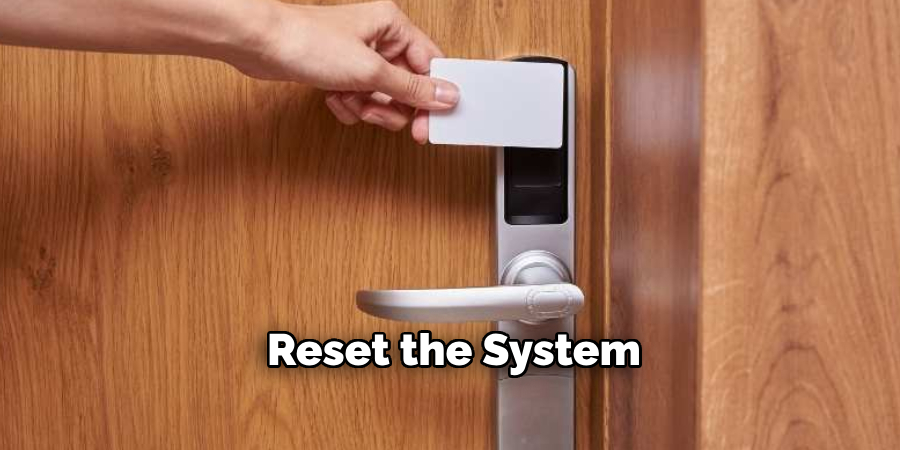
If you’re locked out due to a lost or stolen card, replacing or resetting the lock system might be your safest option. This ensures that the lost card can’t be used to gain unauthorized access.
Tip:
Ask a technician or your building’s security team for advice on resetting your lock to prevent further issues.
Things to Consider When Using Key Card Locks
While key card locks offer convenience and enhanced security, there are several factors to consider to ensure their optimal use.
Security Vulnerabilities
Though advanced, key card systems can still be susceptible to hacking or unauthorized duplication of cards. Opt for systems with encryption and advanced authentication protocols to mitigate these risks.
Durability of Cards
Key cards can wear out over time, especially with frequent use. To prevent malfunctions, regularly inspect cards for wear and consider having backups.
Battery Life for Powered Locks
Most electronic key card locks rely on batteries. Always monitor battery levels in the lock system, as dying batteries could cause malfunctions or lockouts.
Integration with Other Systems
If your building uses other access systems like biometric scanners or mobile apps, ensure that the key card lock integrates seamlessly for a streamlined security solution.
Cost of Maintenance
From replacing cards to maintaining the lock mechanisms, there are associated costs with key card systems. Regular upkeep and updates are essential for long-term reliability.
User Training and Awareness
Educate users on the proper use of key card systems, their vulnerabilities, and basic troubleshooting techniques. This helps minimize downtime in case of issues.
Common Mistakes to Avoid
When using key card locks, there are common pitfalls that users and administrators should be mindful of to ensure security and functionality.
1. Misplacing Key Cards
One of the most frequent mistakes is losing or misplacing key cards. Always keep your card in a designated spot and avoid leaving it unattended in public places. Consider using a lanyard or cardholder to keep it secure.
2. Sharing Access with Unauthorized Individuals
Sharing a key card with others, even temporarily, can result in unapproved access and potential security risks. Access cards should be treated as personal and not shared under any circumstances.
3. Ignoring Maintenance Needs
Neglecting routine maintenance of key card systems—such as battery checks, software updates, and lock inspections—can lead to unexpected malfunctions. Regular upkeep is critical to prevent lockouts and ensure smooth operation.
4. Using Damaged or Worn-Out Cards
Continuing to use key cards that are visibly damaged or failing to scan increases the risk of system errors. Replace cards as soon as issues are observed to avoid disruptions in access.
5. Failing to Update Security Protocols
Key card systems occasionally require updates to their software or encryption features to stay secure. Neglecting these updates can expose systems to vulnerabilities, including hacking or unauthorized duplication of cards.
Conclusion
Key card locks have revolutionized access control, offering unmatched convenience and enhanced security for residential, commercial, and professional environments. However, proper use, routine maintenance, and adherence to best practices are essential for ensuring their effectiveness and reliability. By understanding their vulnerabilities and addressing potential issues proactively, users can mitigate risks and maximize the benefits of this modern technology. Thanks for reading our blog post on how to get into a key card locked door! We hope you found it helpful and informative.

